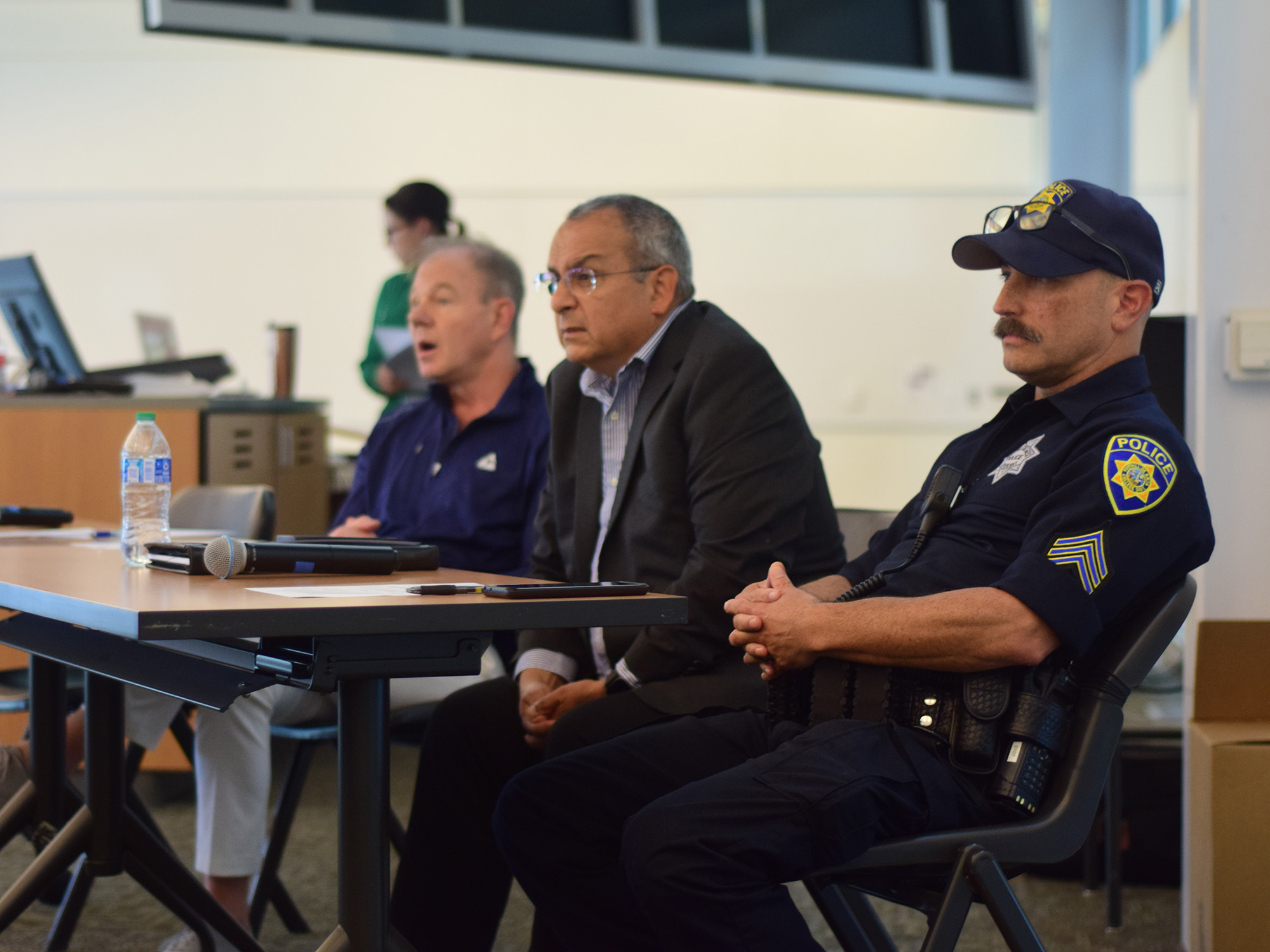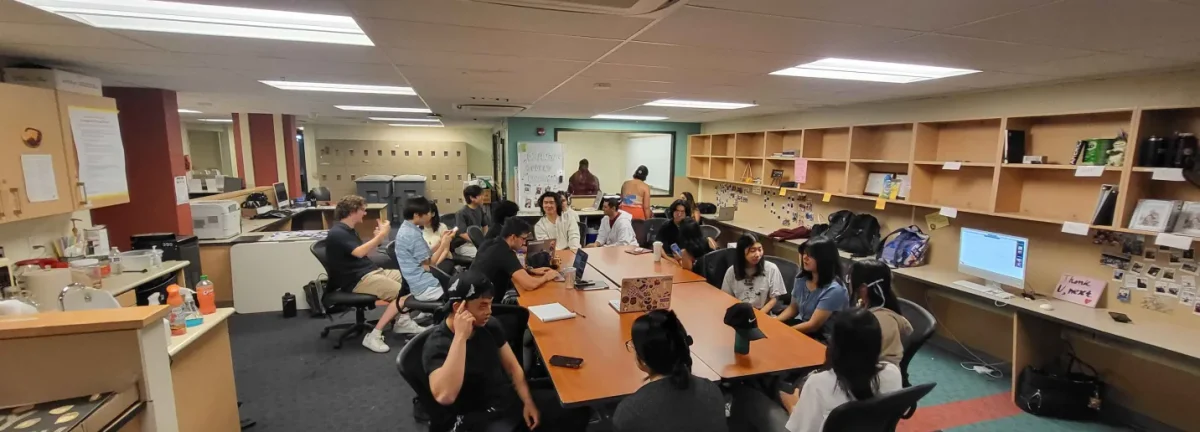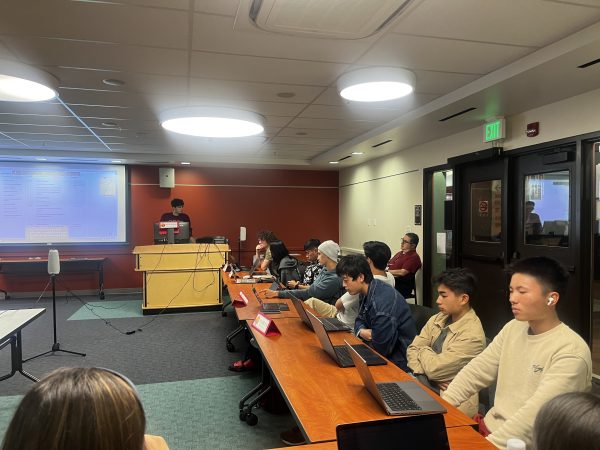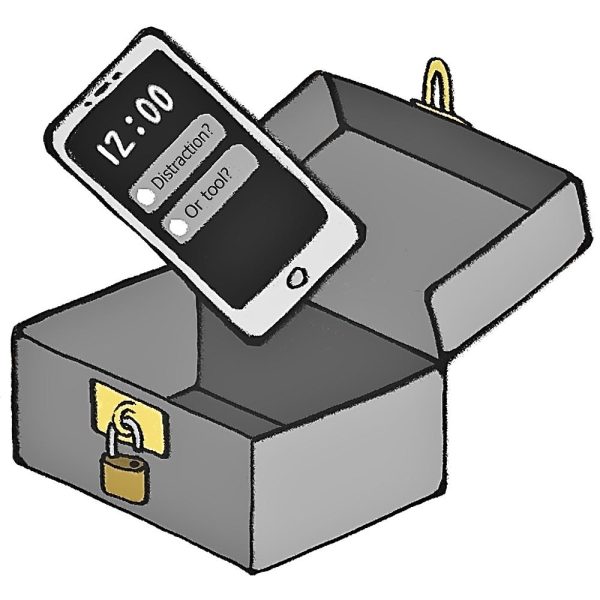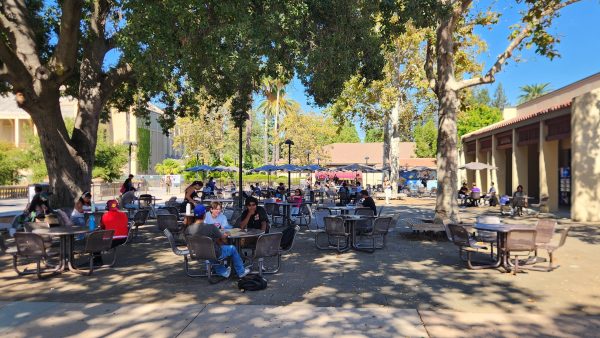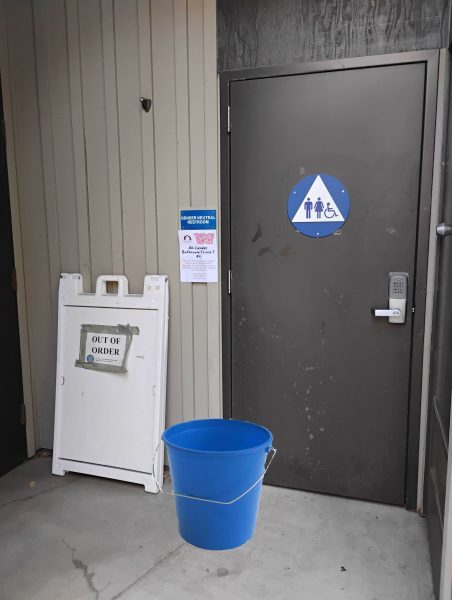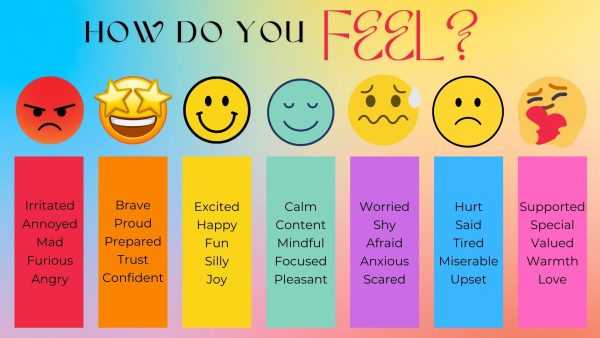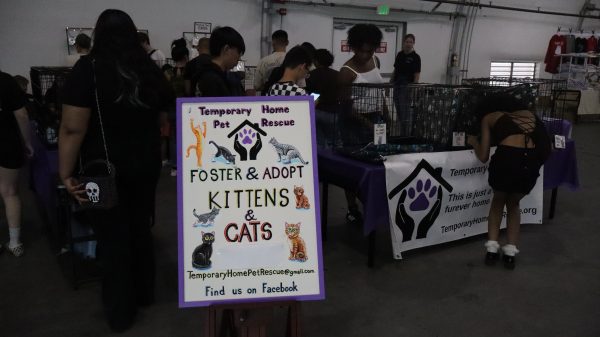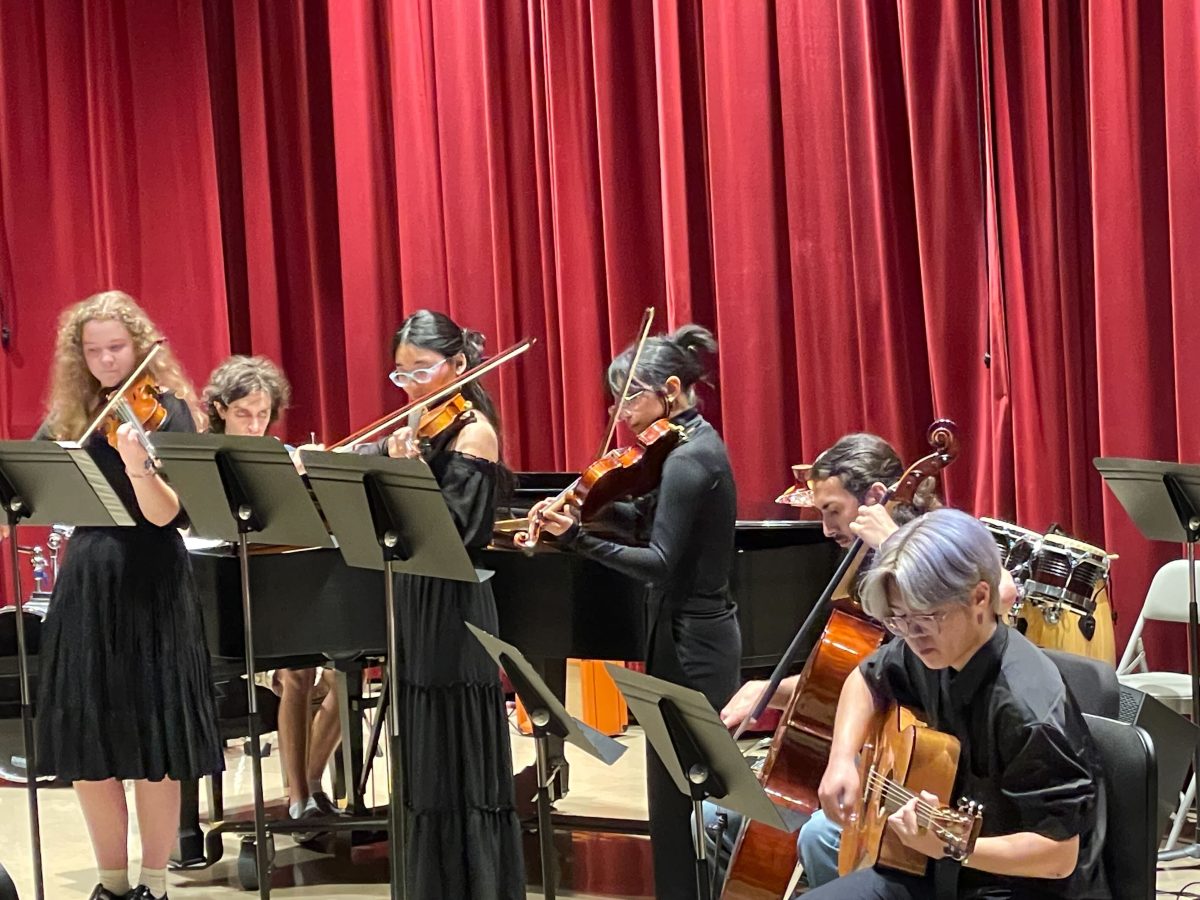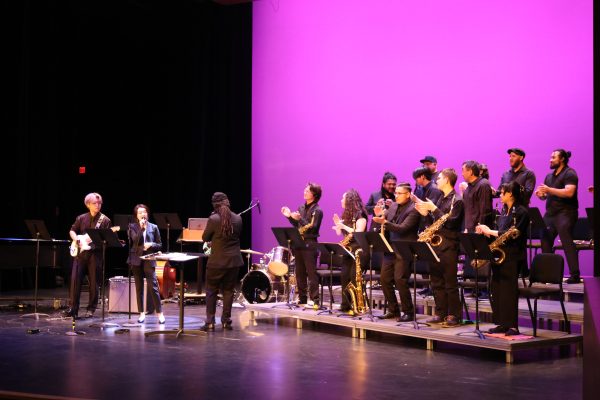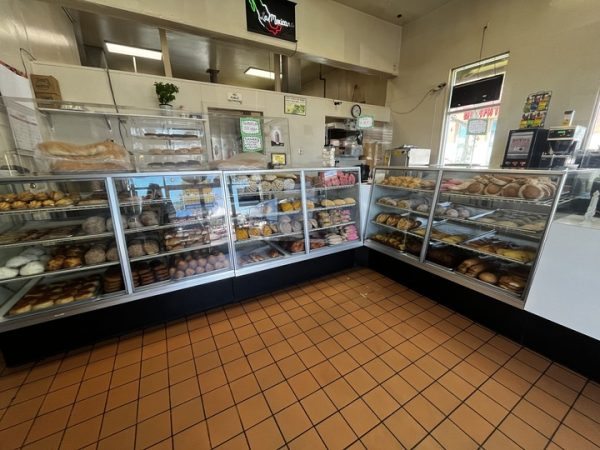Drug purity testing could be lifesaver
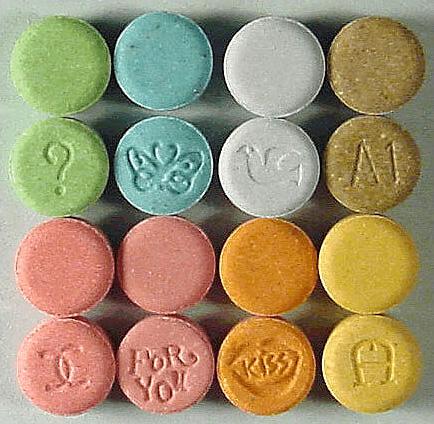
October 17, 2014
Lights and lasers fly in every direction.
People are packed shoulder to shoulder.
Some are screaming, some dancing, and some singing.
The bass rattles your body to the core and sound effects pierce your eardrum.
This could easily summarize the typical scene at a rave or electronic music festival.
What people don’t mention when describing these events is the rampant drug use.
As the 1980s generation ushered in new genres of music, it also created an entirely new crowd of people: the rave scene.
Complete with glow sticks and disc jockeys, young adults would gather in warehouses and basements to listen to the newest craze that was electronic dance music.
Since that decade, the rave scene has taken off in a completely different direction; some may argue for the worse.
Raves have slowly digressed into fashion and uninhibited drug use. The changed, drug use haevy rave scene is here to stay.
Because of the commonplace nature of drugs at raves and music festivals, there has been a shift in policy.
Rather than trying to stop the inevitable use of substances, festivals have taken measures to help ensure the safety of their attendees.
Rave organizers in Portugal and various parts of the U.K. have installed booths at music festivals to test the purity of drugs.
This is to ensure a drug has not been cut with any other dangerous substances unbeknownst to its user.
These booths have received public criticism with people claiming they promote drug use in a scene where drug use is already prominent.
The booths are a positive step and would even go so far as to suggest they be implemented in American music festivals.
Some argue that just having the drug testing booths at music festivals would encourage drug use.
This is simply not true, as people already sneak substances into festivals regardless of policies or enforcement.
With the installation of drug testing booths, people could ensure whatever recreational drug they are going to use is not an immediate threat to their lives.
Attempting to stop the use of drugs at these events altogether has proven to be futile thus far.
Why not change the approach on drug use and prevent unnecessary deaths in the process?
Just last year at New York’s Electric Zoo, 90,000 people attended the event.
Two of the attendees died due to overdoses of MDMA, the drug most often tied to raves. MDMA, or Molly, as it is commonly referred to, is commonly contaminated with other more harmful substances, making it impure.
In the case of the deaths at Electric Zoo, both had taken MDMA along with methylone, a dangerous substance that mimics the effects of MDMA.
Had drug-testing booths been implemented, the deaths of those two young adults might have been prevented.



